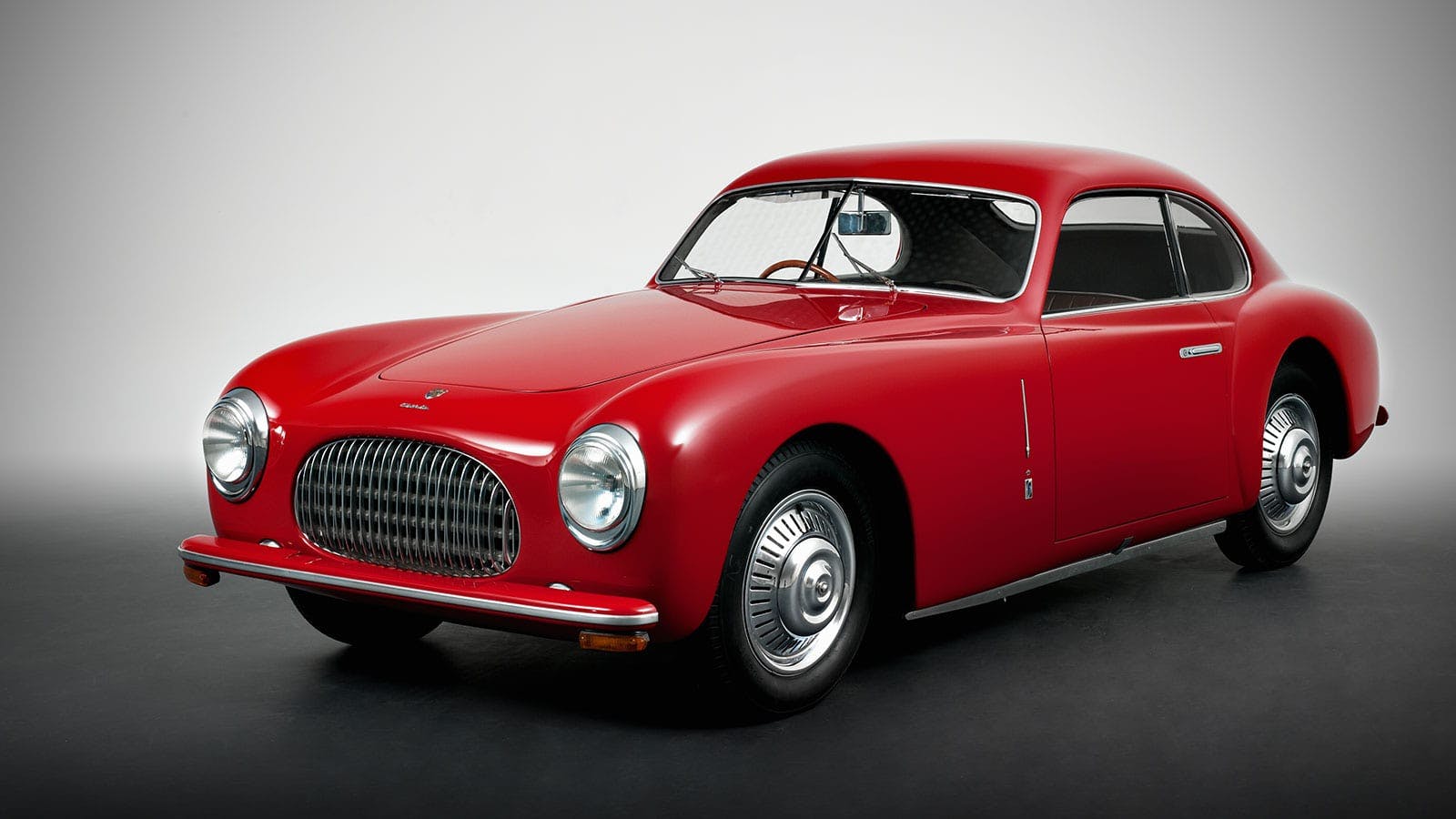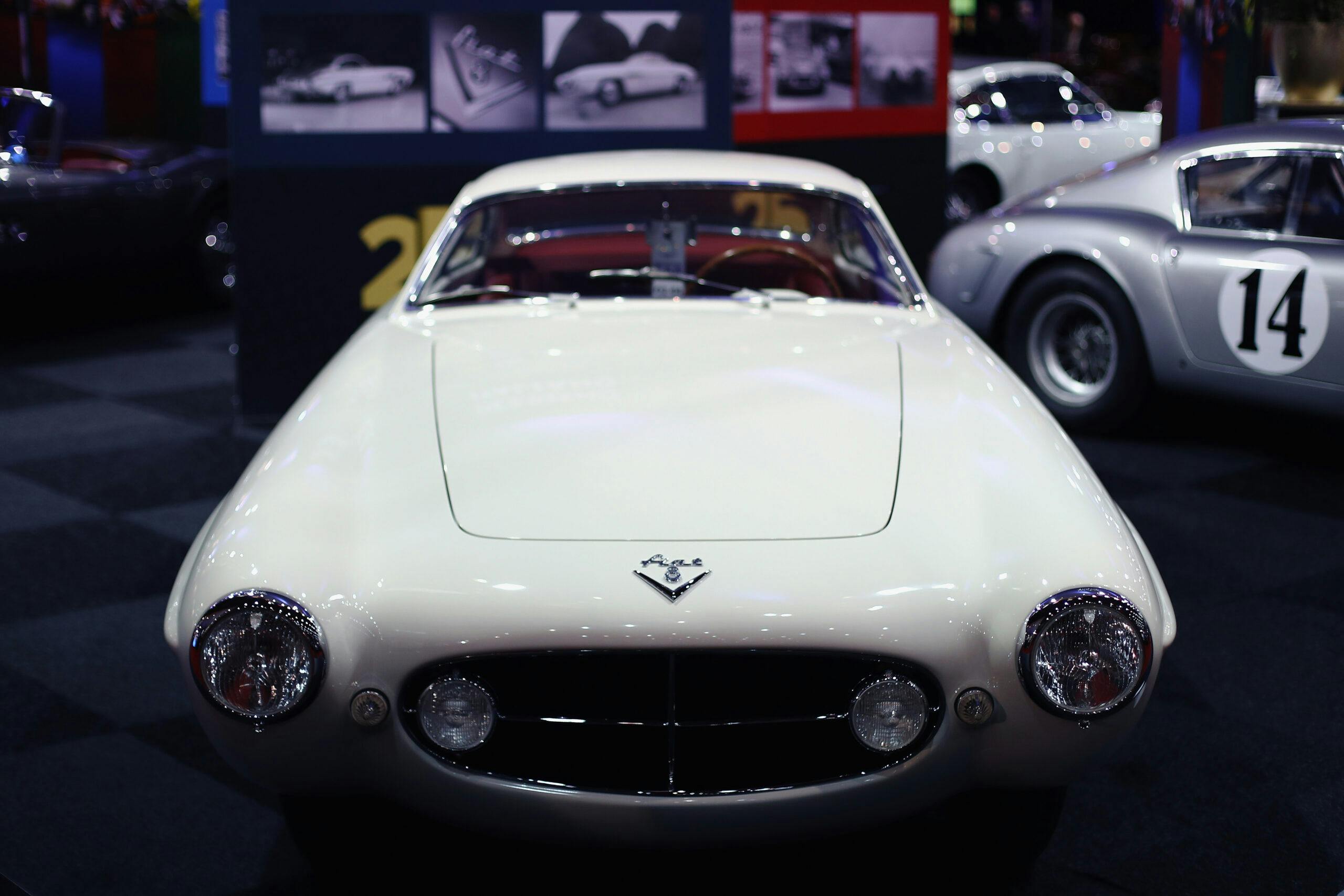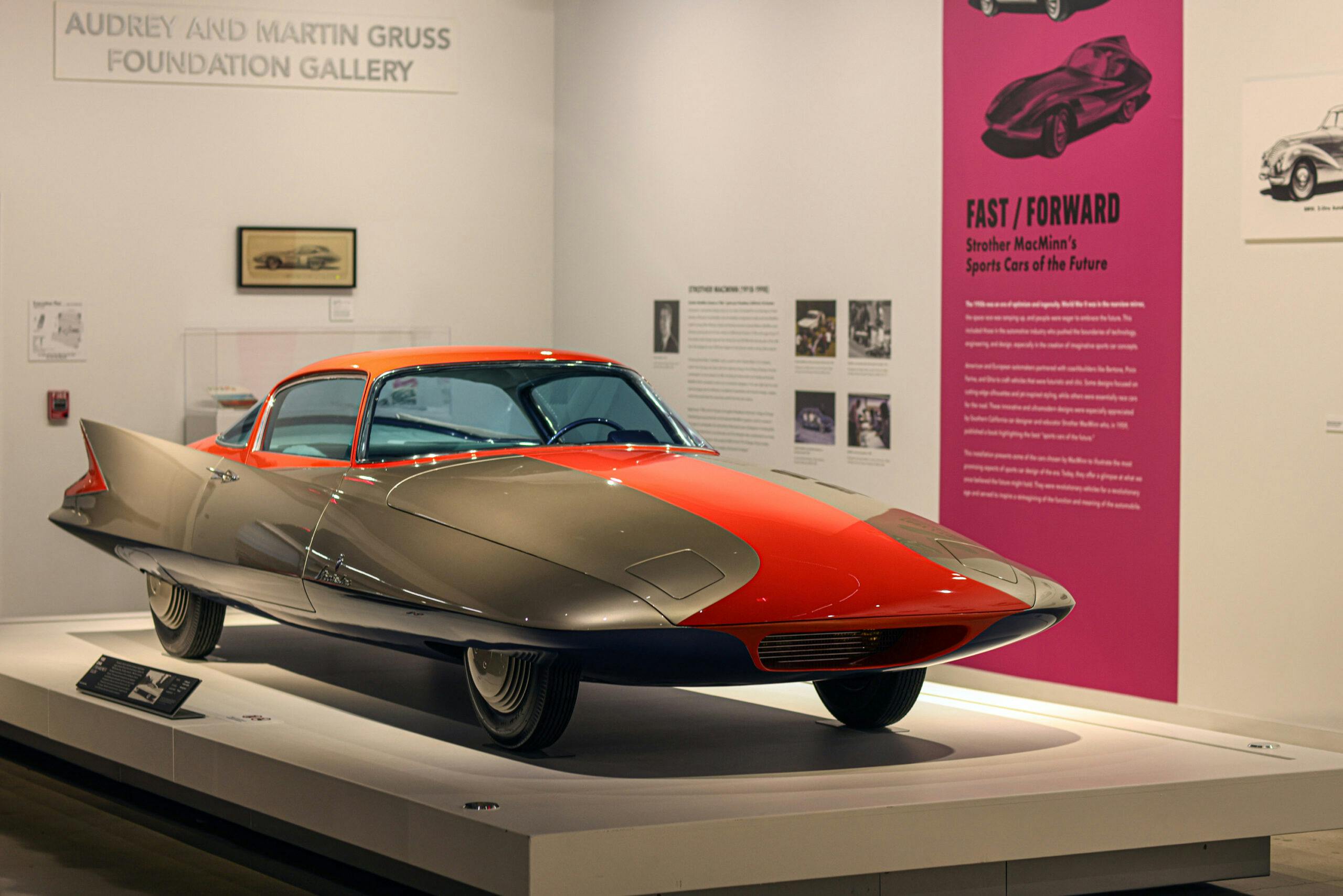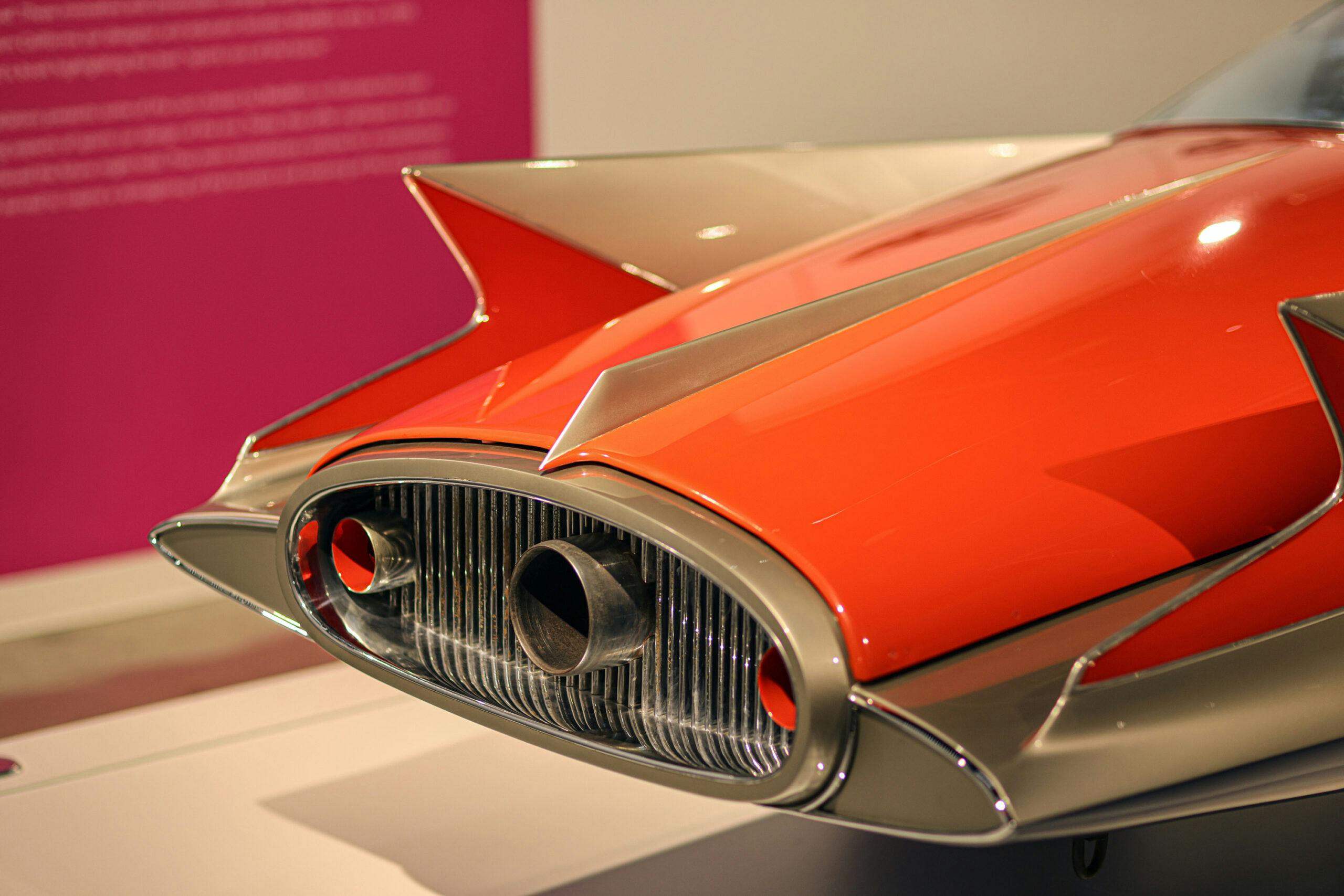Giovanni Savonuzzi: The Italian design master you’ve probably never heard of
In the history of automobile design, few periods are more fascinating than the years between the end of World War II and the early 1960s. We can attribute this to the intense creative exchange between the two sides of the Atlantic in that era. To the eyes of people in war-ravaged Europe, the flamboyant automobiles hailing from the United States embodied the promise of a better future. On the other side of the ocean, Americans manufacturers seeking to lend glamour and sophistication to their mass-market products found a font of resources in postwar Italy, a land of rich design heritage and abundant artisan talent. And if there’s one man whose career trajectory rode this wave of “transatlantic style” better than anyone else, it’s Giovanni Savonuzzi.
Savonuzzi was born in 1911 in the small city of Ferrara. Shortly after graduating as a mechanical engineer, he moved to Turin to work for Fiat’s aero division. It was during his time at Fiat that he met Dante Giacosa, and the encounter would lead to a pivotal moment for Savonuzzi’s career.
By the early 1940s, Giacosa had become the head engineer of Fiat’s automobile division. But, with activities on future car projects sidelined by the war effort, he was tempted by entrepreneur Piero Dusio’s venture, Cisitalia. Working over his spare time at Dusio’s Turinese residence between 1944 and ’45, Giacosa designed the D46 single-seater for Cisitalia and laid the technical groundwork for the marque’s famous 202 coupé. Yet when Dusio asked for a full-time commitment from Giacosa, the latter politely declined. He suggested hiring Savonuzzi instead.

In his 1979 autobiography, Giacosa described Savonuzzi as: “Intelligent, brilliant, passionate, and a tireless worker.” Deservedly so: Savonuzzi began working for Cisitalia in August of 1945 and, in the space of a few months, set up Cisitalia’s technical facilities from scratch and took over every aspect of vehicle development. This included styling, an area in which Savonuzzi would go on to show remarkable skill.
The first prototype for Cisitalia’s coupé got the uncharitable nickname “cassone” (the Italian for “large box”) due to its slap-dash, makeshift looks. (Not so in the case of the lovely 202 Coupé Mille Miglia that followed, however.) The Italian engineer’s fascination with aerodynamics is evident in these cars, known today as “Aerodinamiche Savonuzzi,” due to their voluptuous curves and tailfins tall enough to make a Cadillac blush.

Meanwhile, Savonuzzi started work on the production version of the 202. It would become one of the most celebrated designs in all of automotive history. And once again, his creative input went beyond the technical aspects to encompass the car’s aesthetic appearance. Pininfarina usually takes all the credit for the design of the 202 coupé, yet the key elements that made the 1947 Cisitalia such a turning point in car design—like its fully integrated fenders and the bodyside made of a continuous surface across the entire vehicle’s length—stemmed from Savonuzzi’s drawings.
The involvement of Battista “Pinin” Farina was Piero Dusio’s idea. After all, Cisitalia was a new company, and the Pininfarina signature would give the 202 valuable cachet. But that’s not to say his name was the only thing the great master brought to the table—Pinin’s uncanny eye for proportion and detail polished Savonuzzi’s rough gem into a masterpiece that set the design template for the whole “Gran Turismo” genre.
Savonuzzi left Cisitalia in 1948. Various race car projects and collaborations followed, one of which brought him to Ghia in 1953. Conceived to take part in the Mille Miglia road race, the “Supersonic” was as Italian as lasagna but wouldn’t have looked out of place among the dream cars of GM’s Motorama shows.
Displayed at the 1953 Turin Motor Show, the “Supersonic” was based on a bespoke tubular chassis equipped with an Alfa Romeo 1900 Sprint engine and mated to a Lancia Aurelia transmission. What captured everyone’s imagination, however, was the car’s streamlined body, with its long hood, squat roofline, and taillight clusters that looked like jet afterburners. Orders for more Supersonic-looking cars quickly ensued, prompting Savonuzzi to modify the design to fit the newly launched Fiat 8V’s chassis. Over the next two years, Ghia would give the Supersonic treatment to fourteen Fiat 8Vs, three Jaguar XK 120s, and even an Aston Martin DB2/4.
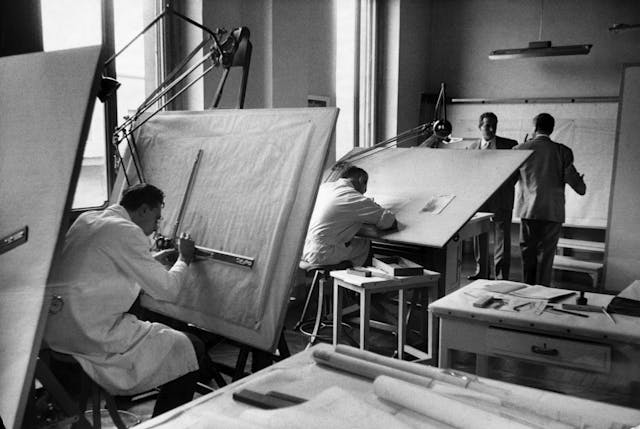
The story of Ghia in the 1950s is inextricably linked to its role as the Chrysler Design Studio’s overseas prototype shop. Having become Ghia’s technical director in 1954, Savonuzzi oversaw the build of Virgil Exner’s “idea cars,” and that inspiration is evident in the fantastic “Gilda” streamliner from 1955.

With its semi-concealed wheels, impossibly long hood, and razor-sharp tailfins, the Gilda resembled a sci-fi movie prop more than an actual vehicle. Yet, there was a method to the madness: The Gilda’s striking design, inspired by watching ink blots blown onto a dart shape, stemmed from Savonuzzi’s experiments with scale models in the Turin Polytechnic University’s wind tunnel. A crowd favorite wherever it went, the Gilda would keep making motor show appearances until as late as 1960, but would also be one of Savonuzzi’s last stylistic feats.
His duties at Ghia meant Savonuzzi dealt with high-ranking Chrysler personnel in America on a regular basis. Due to his background in aircraft engineering, he was interested in Chrysler’s work on space and defense contracts and eventually joined the company in 1957 as a research engineer on the gas turbine project. While his name is listed on several patents related to turbine powertrains, little is known about the extent of his contribution to Chrysler’s turbine program. Nevertheless, Savonuzzi remained at Chrysler until 1969, when Giovanni Agnelli lured him back to Turin. Over the following years, as the Director of Research and Development at Fiat, he kept working on alternative propulsion systems until his retirement in 1977.

Giovanni Savonuzzi passed away in 1987. At this point, an article like this would end with a variation on the classic “gone but not forgotten” cliché. That would be disingenuous, because despite leaving a deep mark on the history of automobile design that any contemporary professional would die for, Giovanni Savonuzzi is not celebrated alongside other Italian masters like Bertone, Pininfarina, Gandini, and Giugiaro. I like to think I’m doing my bit to change that.
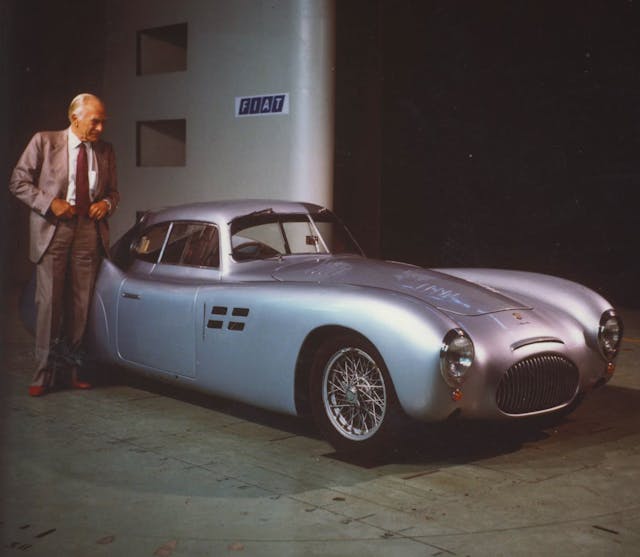
***
Matteo Licata received his degree in Transportation Design from Turin’s IED (Istituto Europeo di Design) in 2006. He worked as an automobile designer for about a decade, including a stint in the then-Fiat Group’s Turin design studio, during which his proposal for the interior of the 2010–20 Alfa Romeo Giulietta was selected for production. He next joined Changan’s European design studio in Turin and then EDAG in Barcelona, Spain. Licata currently teaches automobile design history to the Transportation Design bachelor students of IAAD (Istituto di Arte Applicata e Design) in Turin.
Check out the Hagerty Media homepage so you don’t miss a single story, or better yet, bookmark it. To get our best stories delivered right to your inbox, subscribe to our newsletters.


